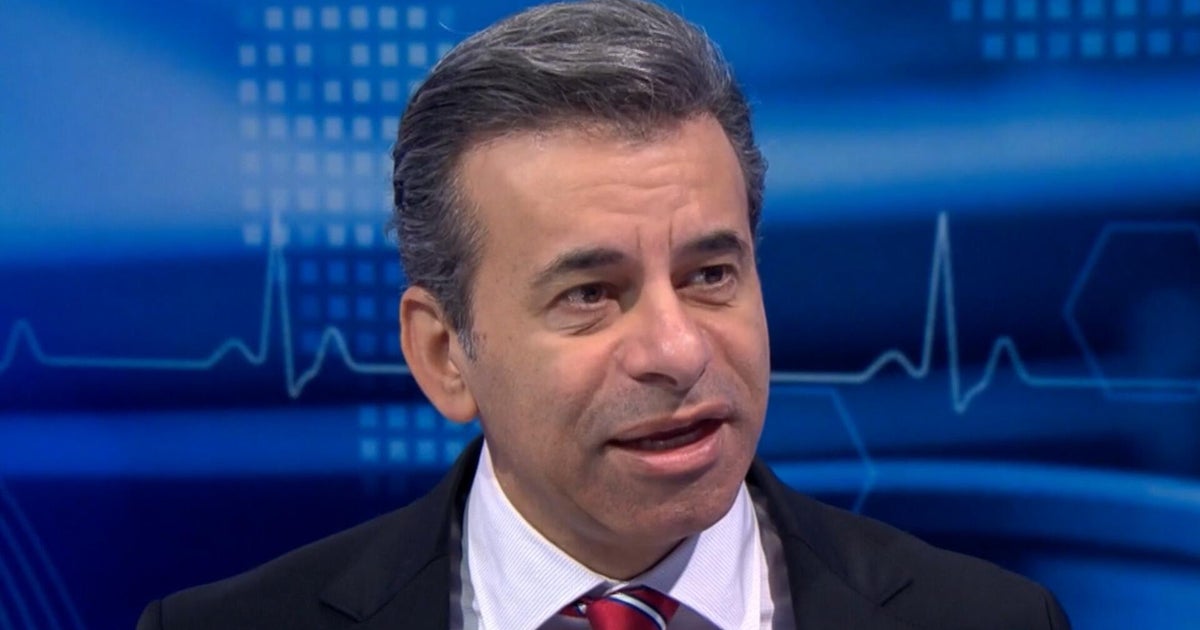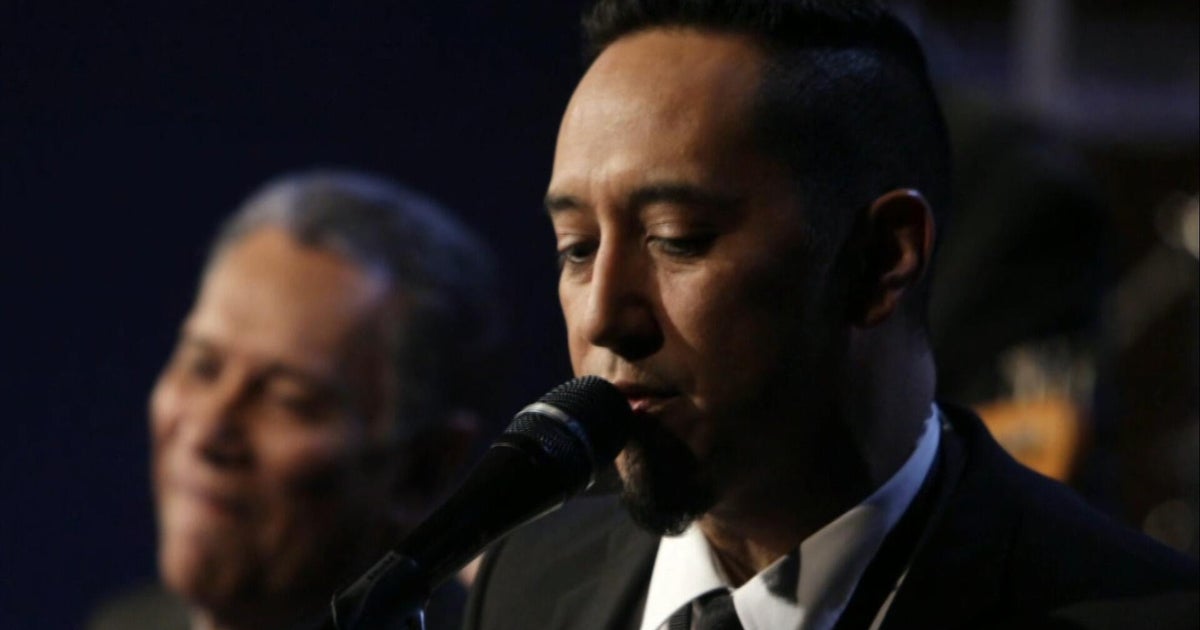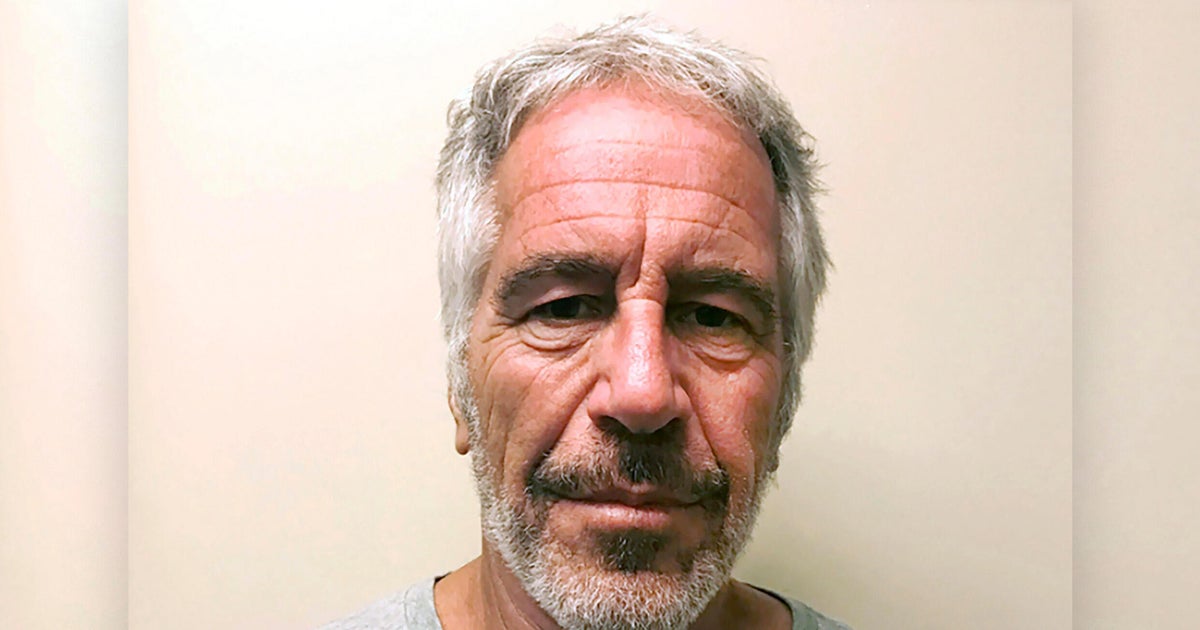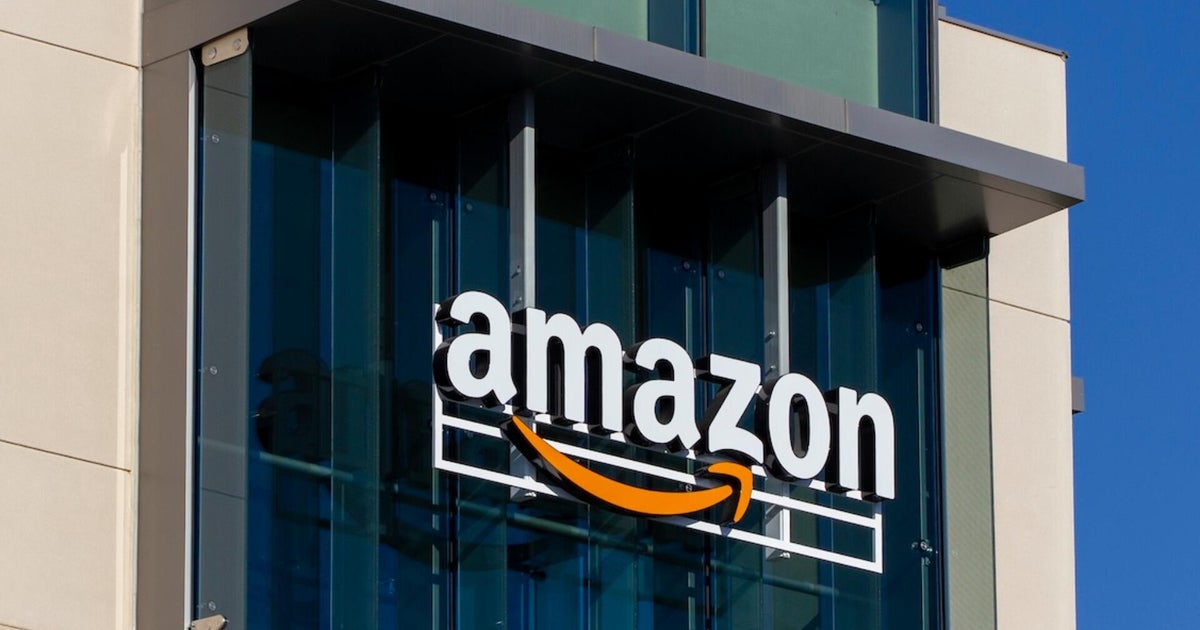Trump Drops AI Bombshell: 90+ Government Actions to Cement U.S. as AI Megapower!

Unpack Trump’s game-changing AI Action Plan—over 90 bold policies to turbocharge AI innovation, deregulate state red tape, outlaw “woke” AI, and forge global alliances. What’s inside and how it could reshape tech dominance.
Section 1: The Big Reveal
On July 23, 2025, the Trump Administration officially launched "Winning the AI Race: America’s AI Action Plan", unveiling a sweeping national strategy featuring over 90 distinct federal policy actions designed to reinstate and amplify U.S. leadership in artificial intelligence.
This bold play comes months after President Trump’s January executive order "Removing Barriers to American Leadership in Artificial Intelligence" (EO 14179) rescinded the previous Biden-era AI safeguards, signaling a dramatic shift in strategy toward deregulation and corporate-friendly AI growth.
Delivered at a high-profile summit co-hosted by the Hill & Valley Forum and the All‑In Podcast, the announcement fused politics, tech, and media in a signature event that covered recycled criticisms of the term “artificial” from Trump himself, calling AI “pure genius,” not “artificial”.
Section 2: The Three Pillars That Define It
Pillar I – Accelerating AI Innovation
This pillar zeroes in on removing internal federal barriers. The plan calls for:
-
A government-wide review and rollback of AI regulations deemed unnecessary, with OSTP launching a public Request for Information (RFI) to solicit industry input on overly restrictive rules.
-
State-level accountability: states enforcing what the plan terms “burdensome AI regulations” risk losing federal AI funding, effectively discouraging independent state AI governance.
-
FTC reviews of prior investigations under the Biden era to remove legal theories considered harmful to private innovation.
Pillar II – Building American AI Infrastructure
With AI’s massive energy demand, the plan prioritizes:
-
Fast-tracking permits for data centers and semiconductor fabrication plants (fabs), alongside workforce initiatives to train electricians, HVAC specialists, and grid technicians.
-
Revamping the national electric grid, removing environmental barriers, and boosting energy capacity to support AI supercomputing at scale.
Pillar III – International AI Diplomacy & Security
Aimed at outpacing global AI competitors, especially China:
-
The Commerce and State Departments are tasked with exporting “full-stack AI packages”—covering AI hardware, language models, software, applications, and standards—to allied nations.
-
Export controls are strengthened to prevent advanced AI technologies from reaching rival nations.
-
Federal procurement guidelines will be updated so that the U.S. only contracts with AI developers whose systems are deemed free from ideological bias and aligned with American values.
Section 3: What’s New—and What It Overturned
Trump famously repealed President Biden’s AI guardrails—specifically Executive Order 14110 from October 2023—on his first day back in the White House, as part of a wider pivot from "AI safety" toward "AI opportunity".
The new plan dissolves previous mandates requiring fairness, climate, and DEI standards within federally backed AI development. It explicitly prohibits “woke AI,” promoting ideological neutrality instead.
Administration AI advisor David Sacks emphasized that AI systems must be “truth-seeking and objective,” free from top-down bias—a phrase he reinforced during the summit address and media calls.
Section 4: Top Policy Highlights
Here are some of the most impactful measures unveiled:
-
Withhold federal AI funding from states enforcing autonomous AI regulations deemed restrictive.
-
Update federal procurement rules: contract only with AI providers that ensure ideological neutrality.
-
Export U.S.-based AI tech to global allies as strategic advantage providers, spanning LLMs, apps, and hardware infrastructures.
-
Loosen environmental and zoning rules to accelerate building of AI data centers and semiconductor fabs. Rewards go to developers who invest in electrification and workforce training.
-
Restructure NIST’s AI Safety Institute into a broader AI standards body focused on innovation rather than enforcement of DEI or misinformation rules.
Section 5: Speech Highlights & Strategic Rationale
In his keynote, President Trump framed AI as both a tremendous opportunity and a looming threat:
“AI is like a beautiful baby that's born… We have to grow that baby and let that baby thrive.” He emphasized reducing red tape while allowing measured regulation to aid innovation.
He also attempted to challenge the term “artificial,” calling AI “pure genius” and advocating for a name change, mocking the artificial label during his media address.
Trump stated that AI’s perils are real—but they shouldn't spark retreat, rather drive urgency in U.S. primacy:
“It is the more reason we must ensure it is pioneered first and best.”
Section 6: Critics Sound the Alarm
Though backed by industry leaders like Jensen Huang (NVIDIA CEO) and Michael Dell, criticism came swiftly:
-
Over 100 advocacy groups issued a counter-“People’s AI Action Plan,” warning the deregulation-first approach poses risks to privacy, labor rights, and equality.
-
Civil liberties groups and scholars argue the prohibition of “woke AI” and free-speech framing could censor diverse viewpoints, pushing AI systems toward ideological conformity rather than neutrality.
-
Environmental and state-policy leaders criticized the plan’s aggressive rollback of DEI requirements and regulatory barriers, fearing unchecked corporate dominance and weakened public oversight.
Section 7: Industry and Economic Implications
Tech companies immediately embraced the plan:
-
Firms like Amazon, Palantir, Dell, and GE Vernova praised the strategy, highlighting job creation, infrastructure scaling, and national competitiveness in AI development.
-
Nvidia’s Jensen Huang described the plan as cementing a uniquely American advantage in AI technology.
Projected outcomes include:
-
Expedited data center construction across the U.S.
-
Expanded semiconductor fab investment, partly funded via new public-private initiatives and export credit financing.
-
New job pipelines for technicians and engineers in AI infrastructure roles.
Section 8: Roadmap for Implementation
The plan is slated to roll out over the next 6 to 12 months, with execution overseen by OSTP policy director Michael Kratsios and co-advised by David Sacks, the White House’s AI and crypto czar.
Key tasks include:
-
OSTP-led regulation review and public comment gathering.
-
Coordination with the Office of Management and Budget (OMB) to cut or replace conflicting federal rules.
-
Procurement guideline overhaul to reflect ideological neutrality in AI systems.
-
Export-control upgrades and AI diplomacy deployment.
-
Workforce training programs to support AI and infrastructure build-out.
Microsoft-backed think tanks, industry analysts like Dan Ives of Wedbush Securities, and policymakers have described the day as a turning point—a “watershed” in national AI strategyO'MelvenyWikipedia+5Nelson Mullins Riley & Scarborough LLP+5The Guardian+5Nextgov/FCW+3WIRED+3Business Insider+3https://www.kcrg.com+2Investopedia+2Governing+2.
Section 9: Why It Matters
This Action Plan marks a seismic shift in U.S. AI policy:
-
It reverses AI safety-first governance in favor of innovation-first economics.
-
It centralizes ideological control, promising "free speech AI" while banning perceived "social engineering" or DEI-aligned models.
-
It aligns infrastructure policy with tech expansion, linking energy, workforce, and capital investments in a unified national vision.
It also raises pressing tensions over state vs. federal authority, corporate roles in public policy, trust in AI systems, and whether national security demands outweigh civil safeguards.
Section 10: What to Watch Next
As the plan unfolds, observe these developments:
-
State pushback—States may enact lawsuits or legislative acts to preserve AI oversight powers.
-
Procurement policy revisions—Which companies pass ideological neutrality audits?
-
Tech and energy partnerships—How fast fabs and data centers emerge.
-
International exports—Which allies receive AI exports and how diplomacy plays out.
-
Open-source evolution—Will community-driven AI get support or be sidelined?
This is forever changed: AI is now at the center of national identity, economic power, and global diplomacy.
What's Your Reaction?
 Like
0
Like
0
 Dislike
0
Dislike
0
 Love
0
Love
0
 Funny
0
Funny
0
 Angry
0
Angry
0
 Sad
0
Sad
0
 Wow
0
Wow
0




















































